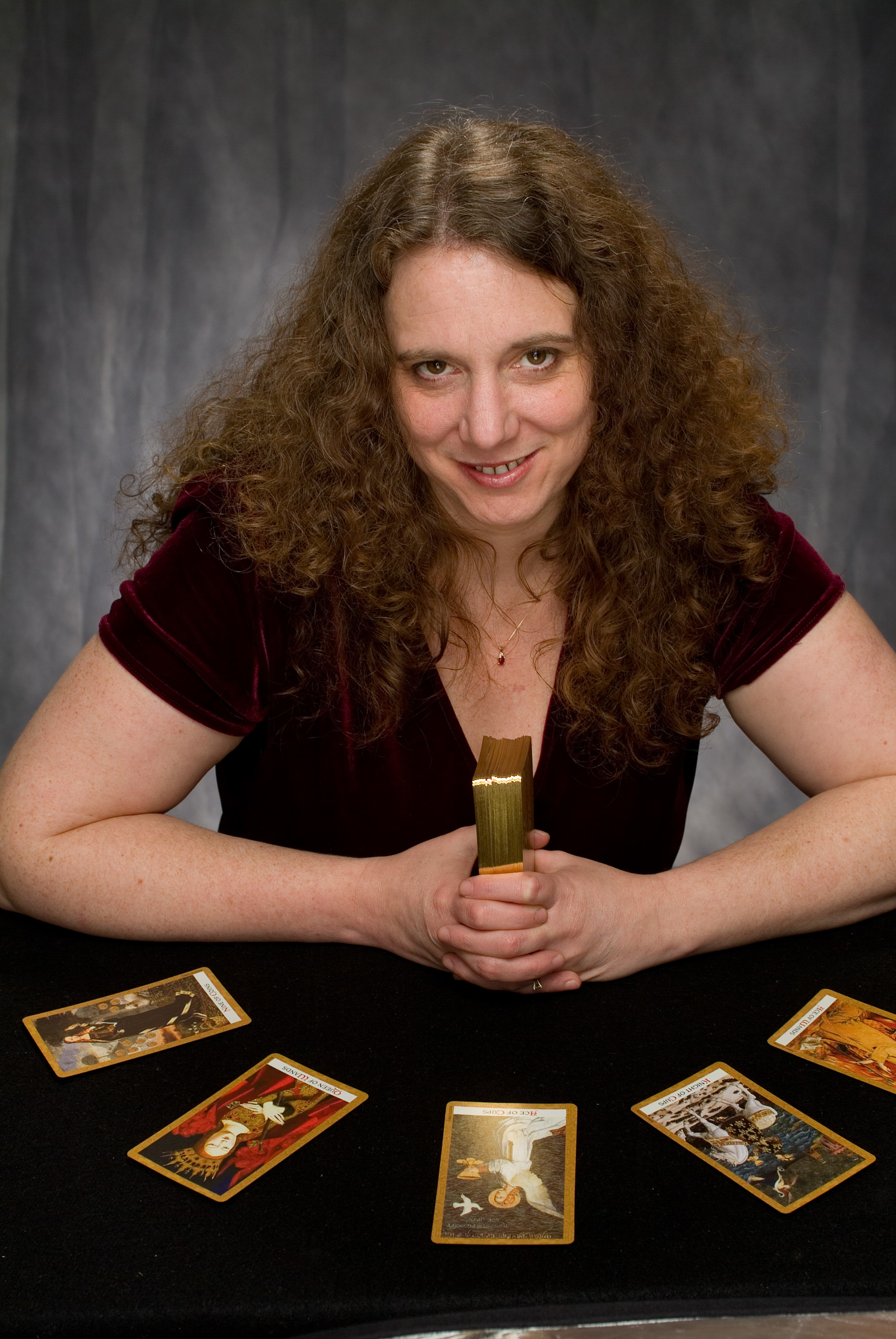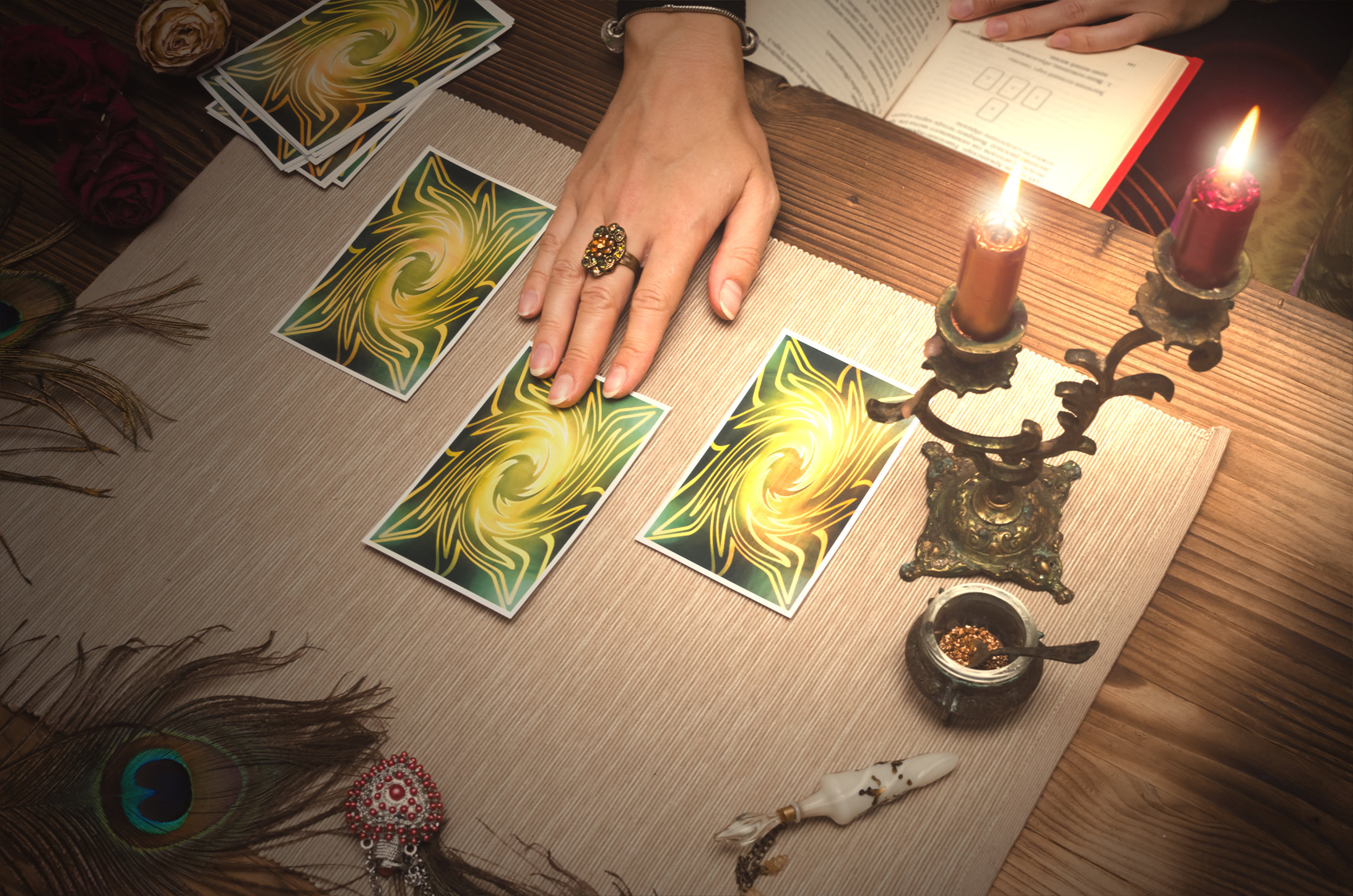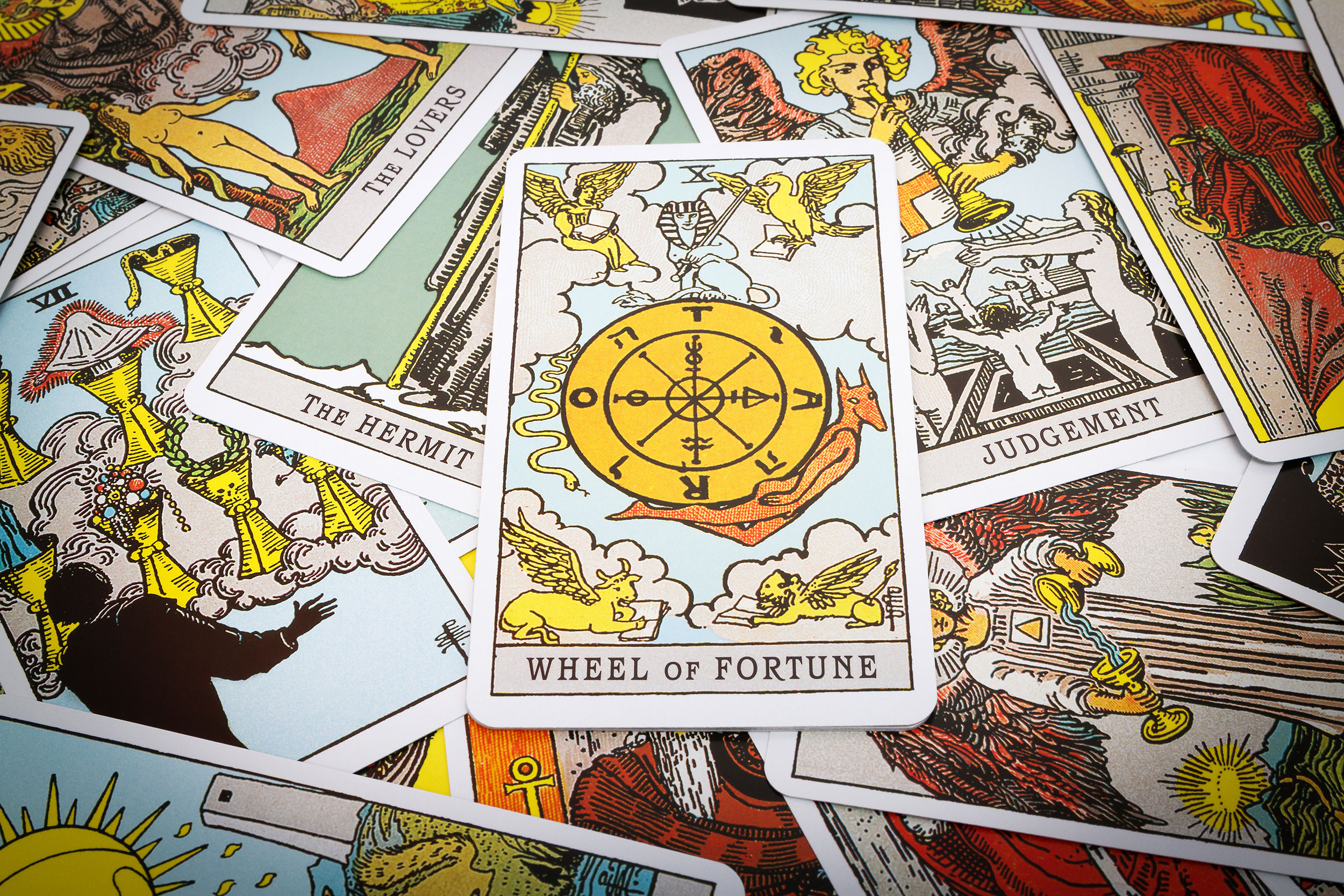
Welcome to my personal blog.
Here you will find my musings, thoughts and observations, all inspired by my experiences as a full-time professional tarot reader.
When Tarot Keywords Diverge
Divergent keywords can solidify our tarot practice.
When Tarot Keywords Diverge
Tarot interpretation is a complex thing. In a reading there are almost infinite possibilities of how a card might speak to us. Yet, there are, and must be, classic archetypes, keywords, and card meanings from which those infinite possibilities spring.
This divergence of meaning is further complicated by the difference between tarot traditions. For example, Crowley called the Two of Swords ‘Peace’. Most Waite readers will see the Two of Swords as a card of decision-making. A wise tarotist adds all the possibilities and traditions to their toolbox. One never knows when a meaning from a different tradition will pop into your mind as the precise message needed in the reading at hand.
The exercise of finding the connection point between different traditions can help us explore new possibilities for the cards. In the example of the Two of Swords, this card now often shows up for me to mean the need to be at peace with indecision in the moment.
When we find that a keyword or understanding we hold for a particular card is different from how many of our peers see it, it’s a good exercise to figure out how that happened. Is it a difference in traditions? Did you have a particular experience with this card that influenced your understanding of it? Was there a particular author or deck that introduced a new possibility for this card?
For example, in Chrysalis Tarot, the Hierophant is the ‘Divine Child’. In making the leap from the Pope to a ‘divine child’, they had forever added this possibility to our understanding of Major Arcana 5.
One card for which I have a solid and simple understand that is different from many of my peers is the Three of Wands. I see the Three of Wands as a first victory, and a harbinger of success. Many of my tarot friends find the Three of Wands to be more about possibilities than actual success.
Crowley calls the Three of Wands ‘Virtue’. Here we see the concept of opportunity and possibility, versus my understanding of confident success.
Of the Three of Wands, Waite says, “established strength, enterprise, effort, trade, commerce, discovery; those are his ships, bearing his merchandise, which are sailing over the sea”. Clearly, my understanding of this card is directly influenced by Waite, the designer of the tradition with which I most resonate. That makes sense.
It’s a good practice, when we find ourselves wondering about divergent card keywords and meanings, to go to source texts to discover what has influenced our own understanding, and the understanding of others. In doing so, there is an opportunity to solidify and expand our relationship with each card we contemplate.
Musings on the Wheel of Fortune
Some thoughts on the Wheel of Fortune.
Something I love about tarot is that any of the seventy-eight cards can provide hours of entertainment and inspiration when we choose to ruminate upon it, research it, observe it closely and meditate on it.
Recently I’ve been fascinated with Major Arcana 10, the Wheel of Fortune.
One of the things I first considered is that the term, “Wheel of Fortune” exists beyond tarot. Was the title of the famous game show inspired by tarot, or is there an older reference to which both Vanna White and tarot owe gratitude?
It seems the concept of a universal wheel originated in Babylon and was developed by the ancient Greeks. The concept of the “Wheel of Fortune” was patterned after the zodiac. It’s interesting to note that ancient Indian art includes a thematically similar “Wheel of Becoming”.
In the medieval philosophy that birthed tarot the Wheel of Fortune (or Rota Fortunae) belongs to the Goddess Fortuna (Tyche) who spins the wheel randomly, causing fortunes to be won and lost.
In the Waite-Smith depiction, we see the words “tarot” and “rota” made of the same letters within the wheel. The Four Evangelists grace the four corners, as they do in the World card. Here, however, they are actively writing their gospels.
My favorite depiction of the Wheel of Fortune is from World Spirit Tarot, where humanity is bound to the wheel turned by the Gods.
While the age of the combustion engine has conflated wheels with transportation and forward motion, there continues to be a spiritual sense of the symbol of the wheel in popular culture. When I think of tarot’s Wheel of Fortune, I often think of two songs; Spinning Wheel by Blood, Sweat and Tears, and The Wheel, by the Grateful Dead.
There is a certain quality in tarot cards that causes them to behave in a reading much like their classic meaning. The very nature of the Wheel of Fortune is uncertainty and lack of control. Sometimes the message of this card is that anything can happen. In a reading, very often there is a sense that the Wheel of Fortune, due to its capricious nature, could mean anything at all.
When I lived and worked near large casinos, the Wheel of Fortune very often meant visiting the casino, working at the casino, or even developing a gambling addiction.
Recently, I have seen the Wheel of Fortune appear to discuss repetitive cycles, especially in habits and relationships. The Wheel of Fortune can describe the on-again, off-again cycle of a couple who keeps breaking up and getting back together. The Wheel of Fortune can describe the cycle of an addict who keeps getting clean but then falling off the wagon. I have seen the Wheel of Fortune appear for those struggling with bipolar disorder.
At the same time, when well-dignified I often see the Wheel of Fortune as a go-ahead from the Universe to take a risk and know that luck will be with you.
Sometimes I see the Wheel of Fortune as a reminder that no one is better off or worse off than anyone else; we all have our ups and downs.
Once, on the Upper East Side of Manhattan, the Wheel of Fortune appeared to me as I stared at a round church stained glass window, grappling with my mother’s terminal cancer as she was being treated at Memorial Sloan Kettering. Its message was a clear comfort; this is part of life, it’s not your fault, it’s the circle of life (cue Elton John and the lions).
When we contemplate a tarot card deeply, we reveal new avenues for interpretation. My deep contemplation of the Wheel of Fortune has led me to take my time with this card when it appears in a reading. As card Ten it carries the energy of One, offering new opportunities and beginnings, and cautions against repetitive cycles. The Wheel of Fortune is associated with Jupiter, which deals with both luck and law, but tends toward tolerance and expansion.
When the Wheel of Fortune predicts the future, you might interpret it as anything can happen, or that nature will take its course. At the same time, it can comfort you with the knowledge that, even in dark times, luck is on your side.





